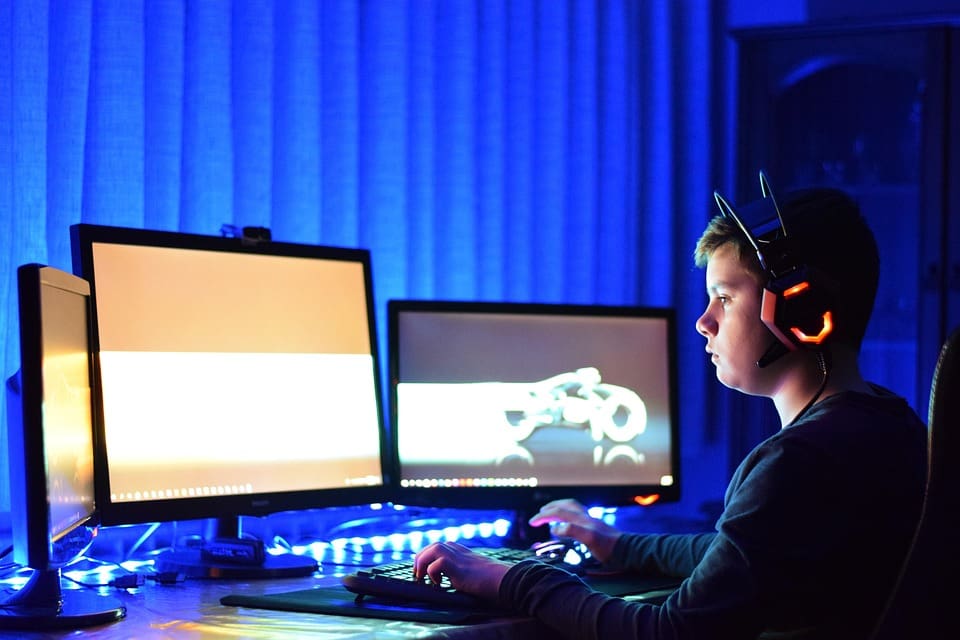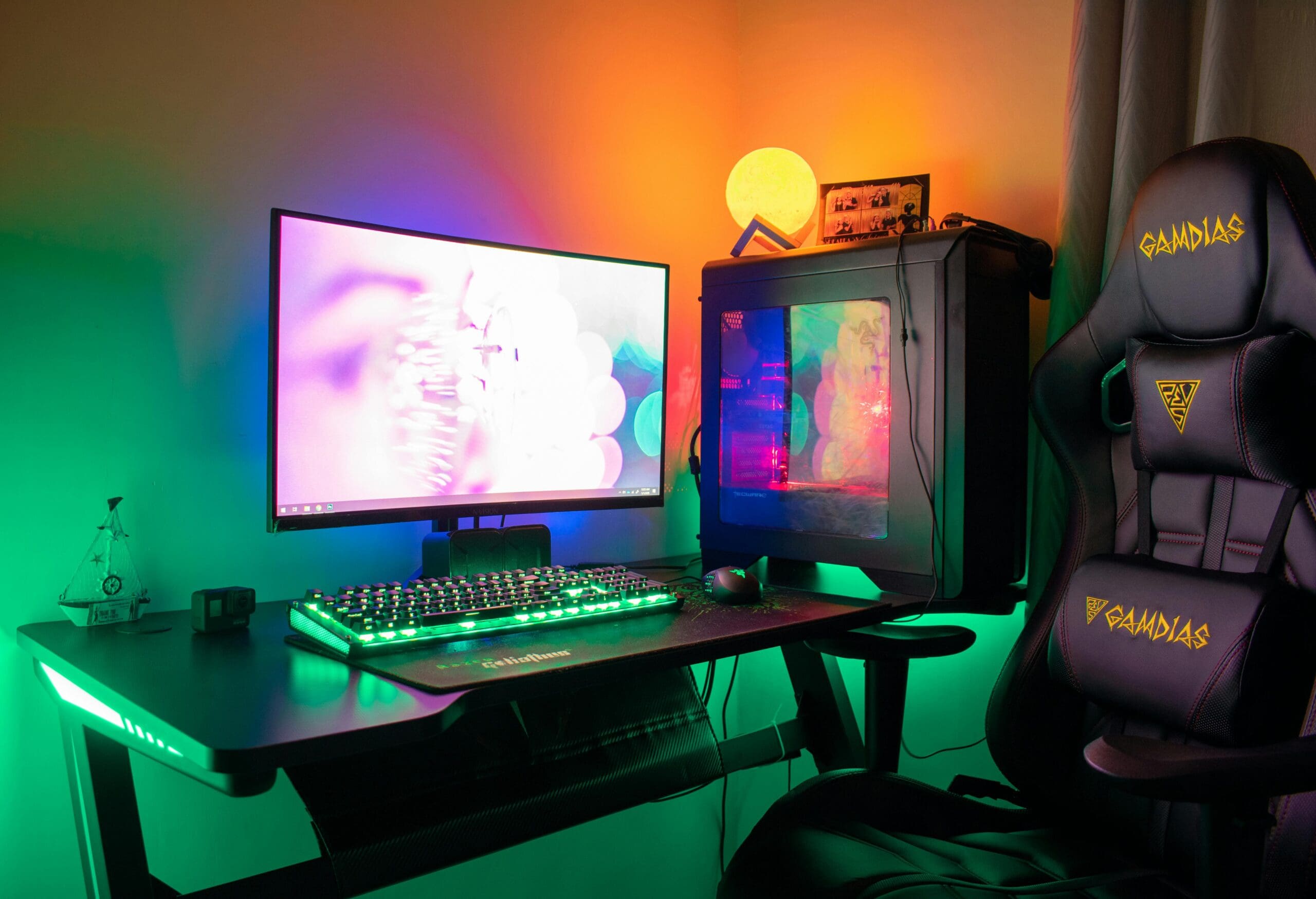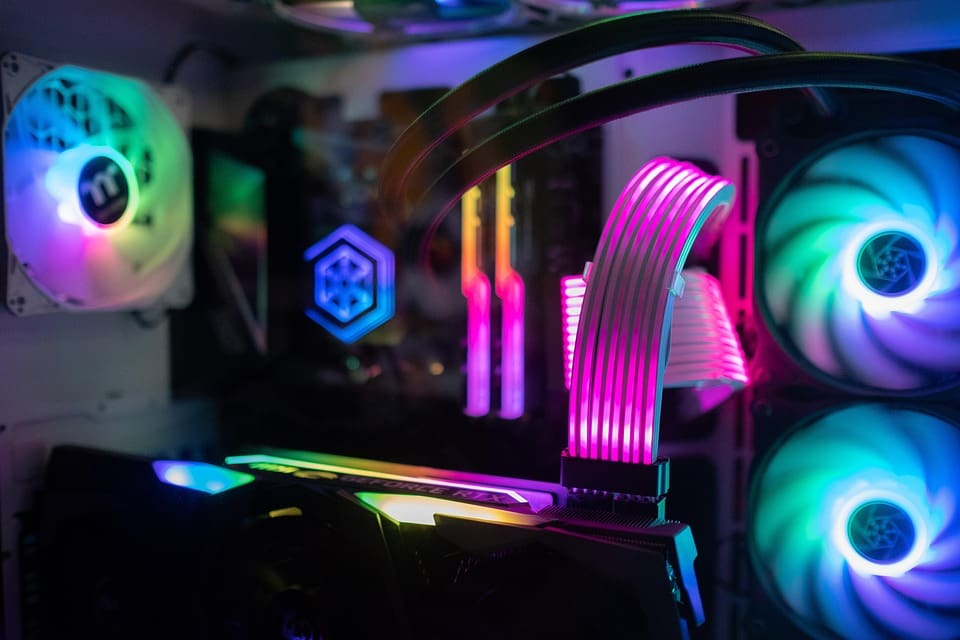Introduction
Gaming PCs require proper setup, optimization, and maintenance to perform at their best. In this guide, we’ll cover essential tips and tricks to help users maximize their gaming experience.
Why This Topic Matters
Understanding Take Your Computer to the Next Level: A Guide to Safe and Effective Overclocking is crucial for PC gamers and builders. Poor setup or lack of knowledge can lead to performance issues, overheating, or hardware failures. Here’s why this topic is important:
- Performance Impact: How this affects FPS, load times, and system efficiency.
- Common Issues: What most gamers struggle with when dealing with this component or setup.
- Long-Term Benefits: How optimizing or maintaining this aspect improves PC longevity.
Step-by-Step Guide / Essential Tips
1. First Key Tip: Understand Overclocking
Overclocking is the process of increasing the clock rate of a component, such as a CPU or GPU, to run at a higher speed than the manufacturer’s specifications. This can result in improved performance but also requires careful consideration of cooling and voltage requirements to avoid damage to the hardware. Before attempting to overclock your computer, make sure to research and understand the process thoroughly.
2. Second Key Tip: Use Reliable Software
When overclocking your computer, it’s essential to use reliable software tools to monitor and adjust settings. Popular software options for overclocking include MSI Afterburner, Intel Extreme Tuning Utility, and AMD Ryzen Master. These tools provide user-friendly interfaces for adjusting clock speeds, voltages, and fan settings while monitoring system temperatures and stability.
3. Third Key Tip: Monitor Temperatures
One of the most critical aspects of overclocking is monitoring temperatures to prevent overheating. Excessive heat can reduce the lifespan of your components and cause system instability. Use temperature monitoring software like HWMonitor or Core Temp to keep an eye on your CPU and GPU temperatures while overclocking. Ensure that your cooling system is adequate to handle the increased heat generated by overclocking.
Common Mistakes to Avoid
- Not following best practices: Many users make the mistake of overclocking without proper research or guidance, leading to unstable systems or hardware damage. Always follow best practices and guides when overclocking your computer.
- Overlooking compatibility: Before overclocking, check the compatibility of your hardware components, such as the motherboard, CPU, and RAM. Not all components are designed to handle overclocking, and using incompatible parts can result in system failure.
- Skipping regular maintenance: Overclocking puts additional stress on your hardware, so regular maintenance is crucial to ensure the longevity of your components. Clean your PC regularly, check for dust buildup, and ensure that your cooling system is functioning correctly.
Advanced Optimization Tips
For experienced users looking to take their overclocking to the next level, here are some advanced optimization tips:
- Experiment with manual voltage settings to achieve optimal stability and performance.
- Adjust memory timings and frequencies to maximize RAM performance.
- Explore custom cooling solutions like liquid cooling for more efficient heat dissipation.
Final Thoughts
By following these tips, users can improve their PC’s performance, longevity, and gaming experience. Whether they are beginners or experienced gamers, optimizing Take Your Computer to the Next Level: A Guide to Safe and Effective Overclocking ensures smoother gameplay and better system stability.
💬 What has been your biggest challenge with Take Your Computer to the Next Level: A Guide to Safe and Effective Overclocking? Let us know in the comments!


